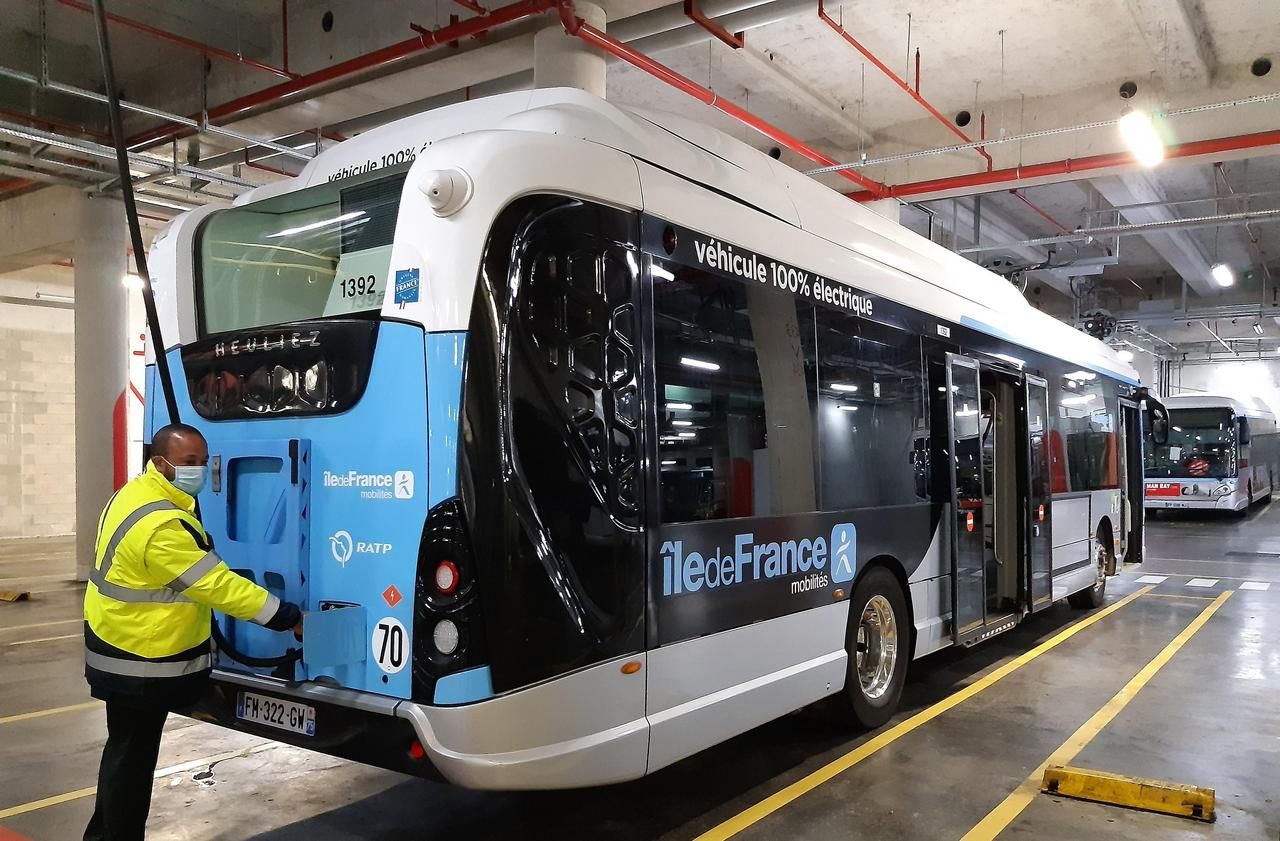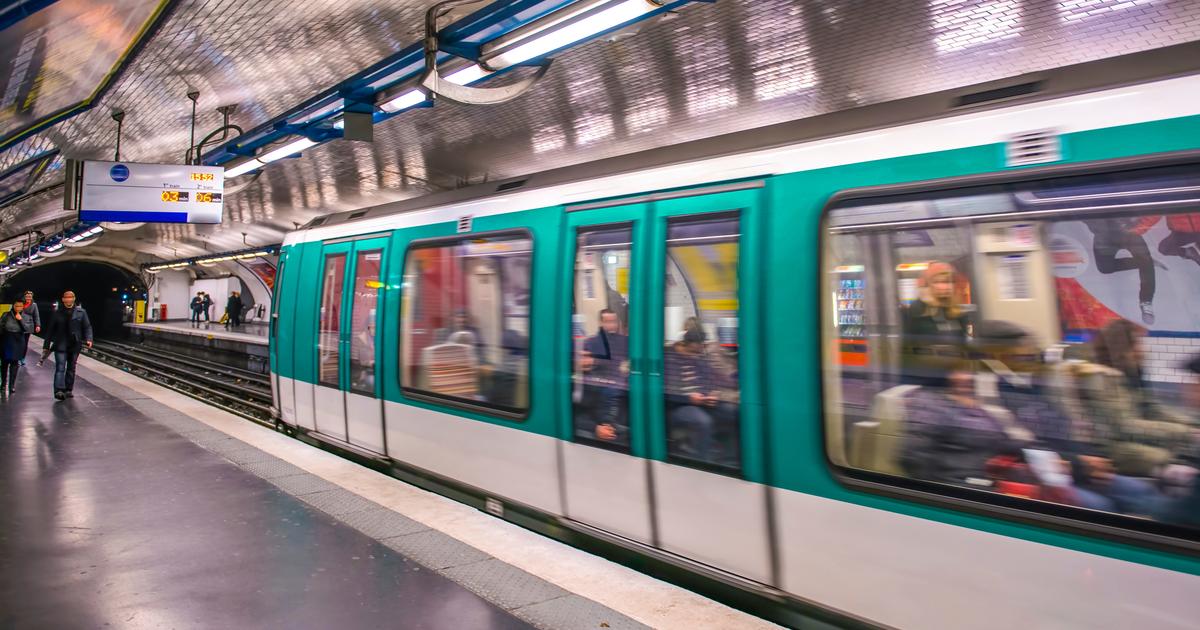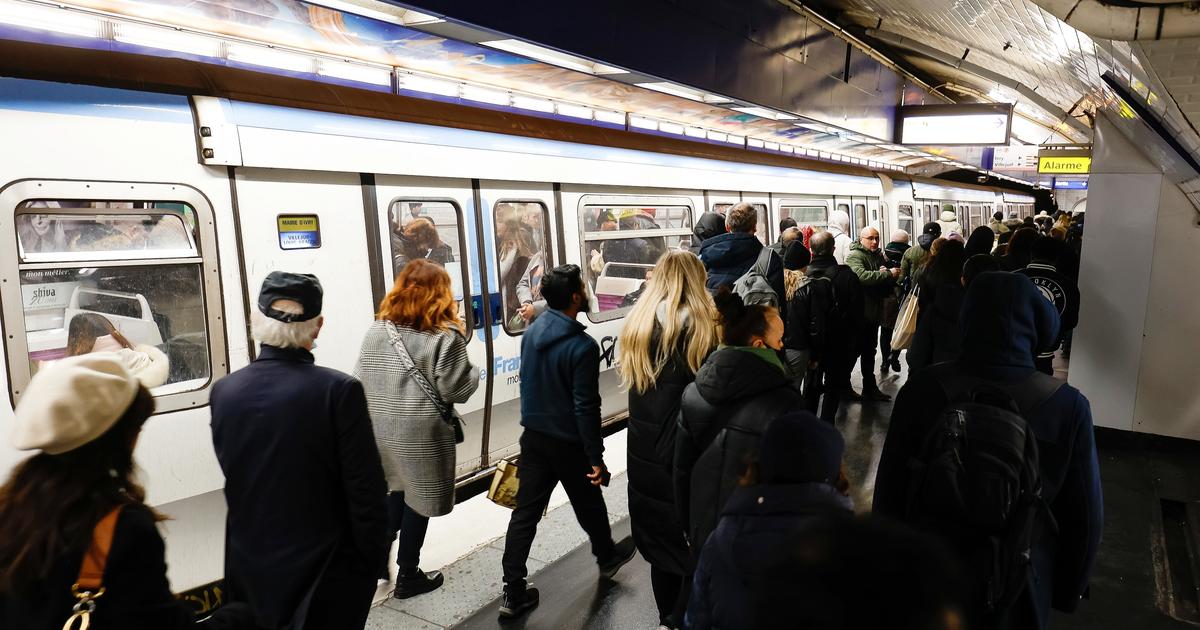More than 10,000 buses and coaches travel more than a million kilometers every day in the Paris region.
For a total of 3.9 million daily trips.
As many thousands of cubic meters of carbon, fine particles and nitrogen dioxide emitted that slip into the lungs of Ile-de-France residents.
At the time of ecological transition, transport in Ile-de-France had to set an example.
Their organizing authority, Ile-de-France Mobilités (IDFM), has therefore launched a vast greening plan for Ile-de-France buses, with the RATP in Paris and the inner suburbs, as well as with carriers of the Optile network in the outer suburbs.
New, clean buses arriving gradually.
There are still less than 800 (electric or biomethane) out of the 10,300 circulating in the region.
But from this year 2021, 600 should be put into service each year on RATP lines.
And so, by 2025 in dense areas, and 2029 in the whole region, diesel buses should be gone, reducing greenhouse gas emissions by more than half.
Electricity, zero emissions but greedy in energy
In May 2016, the first electric bus was put into service on line 341 (Porte de Clignancourt to Charles-de-Gaulle-Etoile). Nine years later, in 2025, the RATP fleet will be made up of 1,500 electric buses out of a total of 4,700. A call for tenders for 800 electric vehicles was awarded in 2019. A new call for tenders for 700 additional electric buses is underway. These buses will remain concentrated in Paris and in the inner suburbs, where distances are shorter and do not require too much autonomy.
Besides the absence of greenhouse gas emissions, these buses also have the advantage of being silent.
“It's very pleasant,” admits a stagehand.
Their range of 200 km also allows them to last a whole day: “We recharge them at night so as not to tap into the local network.
Five hours are enough to fully recharge them, ”explains Nicolas Cartier, director of the Bus 2025 program.
READ ALSO>
What are the most polluting buses in Ile-de-France?
However, the other side of the coin is that charging nearly 200 buses at the same time on a single site requires a colossal demand for power.
For the depot on rue du Père-Corentin alone, in the 14th arrondissement, the load of 182 buses will consume 10 megawatts.
The equivalent of a city of 5,000 inhabitants.
Huge works are needed to equip the 13 RATP urban depots.
Paris, October 21, 2020. Valérie Pécresse and Catherine Guillouard, visiting an electric bus depot in the 14th arrondissement, rue du Père-Corentin, in the process of being totally converted.
LP / Jila Varoquier
Another difficulty of the electric, the change of the batteries.
To date, their lifespan is estimated to be six to seven years in buses.
Sometimes up to a decade.
But by 2030, the renewal of the batteries at the expense of IDFM could cost around 130,000 euros per vehicle… or 195 million euros in total.
Biogas: cheaper, but generates CO2
Also called biomethane, or bioGNV (natural gas for vehicles), this technology is on the way to be imposed to make buses in the Ile-de-France region at last less polluting.
It makes it possible to operate a conventional thermal engine or almost without gasoline or diesel.
With biomethane, the exhaust from the exhaust is thus freed of fine petroleum particles, even if it remains CO2. But when the gas is organic, such as methane collected from agricultural waste, the carbon footprint remains neutral. "There is no extraction of fossil energy to obtain this biomethane", summarizes Daniel Lhéritier, responsible for "green gas" for GRDF in Ile-de-France.
For the Ile-de-France region, biomethane is a boon.
"Where an electric bus costs up to three times as much as a diesel bus, the biogas bus is in between," said an expert in the sector.
The range is also similar to that of a diesel bus with full tank.
As a result, the share of biomethane in the “energy mix” of buses in the region, in both inner and outer suburbs, is up compared to 2016 forecasts.
On the RATP side, there are currently 300 biomethane buses out of the 4,700 in the control room.
A record tender for 1,400 bioGNV buses is due to be awarded this year.
At the end of 2024, the majority of RATP buses, i.e. 2,200, will run on biomethane (compared to 1,500 electric and 1,000 hybrids).
In the outer suburbs, more than 280 buses out of 5,600 are already running on biomethane.
Here too, the conversion to this clean fuel is accelerating.
By 2029, 95% of the 5,600 suburban buses and coaches will run using this technology.
In the meantime, the bus centers are getting equipped.
IDFM has invested 300 million euros to convert 40 depots in the region by mid-2022.
This is already the case at Lieusaint, in Seine-et-Marne, at the depot operated by Transdev.
This center can now accommodate 68 biomethane buses.
About thirty have already been delivered.
Hydrogen, the post 2025 technology?
This last energy still needed to be tested, which, thanks to technological advances, is regaining interest.
Since 2019, two Van Hool buses have been tested in Versailles (Yvelines), to which were added five buses from the French manufacturer SAFRA last summer.
And for two months, RATP has been testing a hydrogen bus on line 185 (Choisy - Porte-d'Italie) loaned by the manufacturer Solaris.
Because although not very mature and very expensive - count between 800,000 euros and a million euros for a bus!
- this technology has advantages.
Since October 19, 2020, RATP has been experimenting with a hydrogen bus in the Thiais sector (Val-de-Marne), on loan from the manufacturer Solaris.
RATP
Vehicles have better range than electric buses.
And, compared to electric, less heavy processing of deposits is required.
The hydrogen could be stored in the tanks that now house diesel.
"The question will also be to decarbonize the production of hydrogen", details Philippe Martin, vice president of RATP.
READ ALSO>
Car, plane, train… the hydrogen revolution is underway
In Ile-de-France, IDFM and Sipperec are planning to create a short circuit for the production, distribution and consumption of local hydrogen. In Créteil (Val-de-Marne), the incineration plant could, in 2022-2023, produce hydrogen, then distribute it to 17 IDFM buses. "The idea is to test all the alternatives," says Stéphane Beaudet, vice-president of the region in charge of transport. But it is the mixture of energies that will work.















